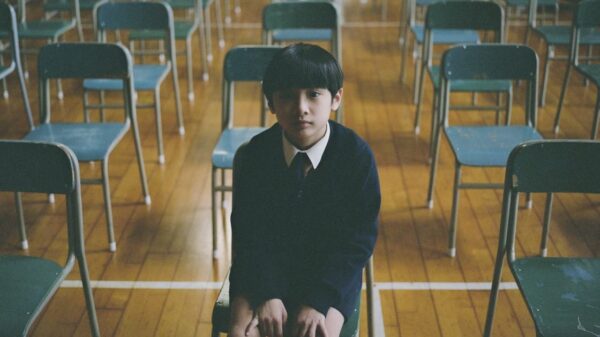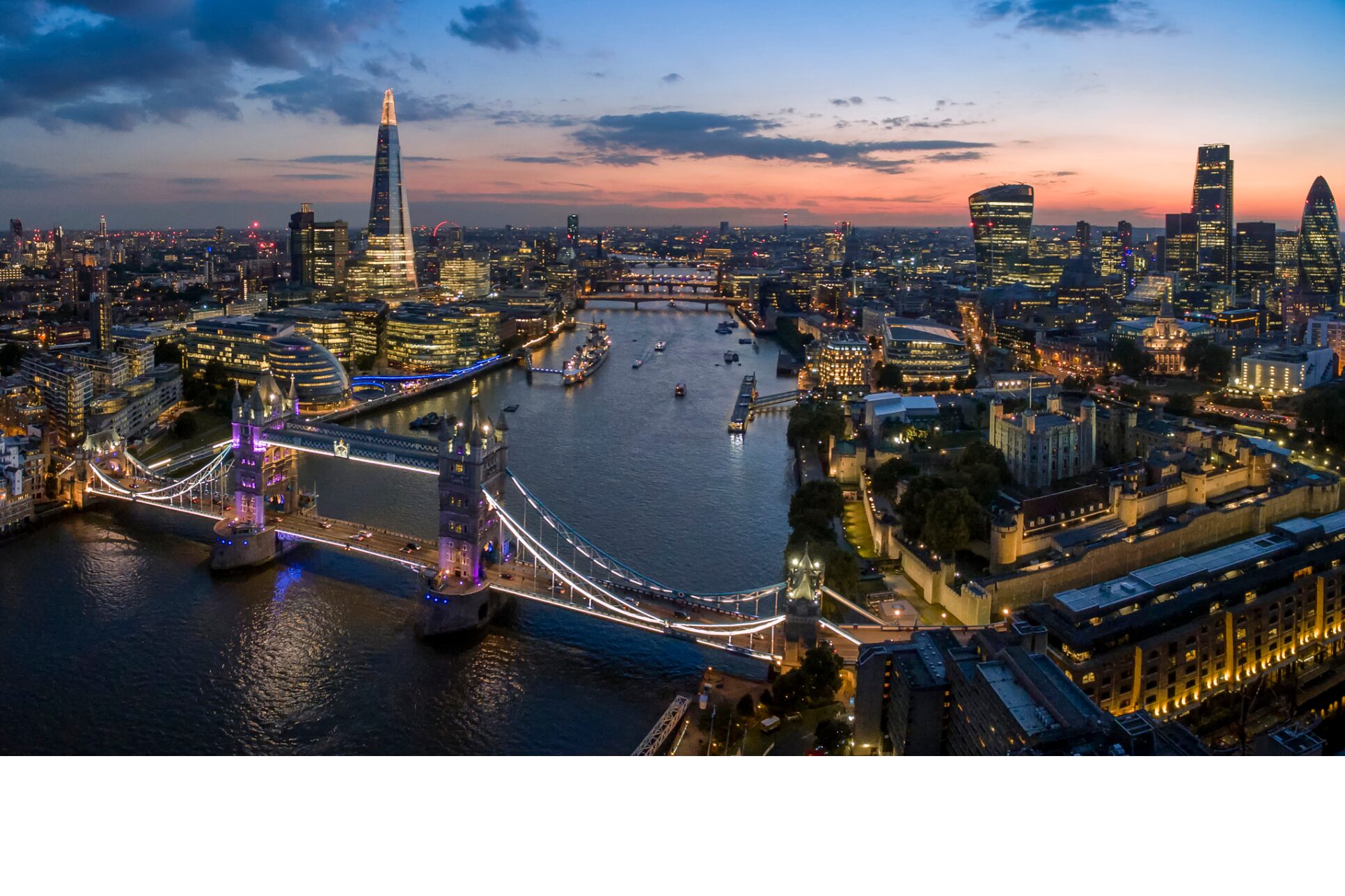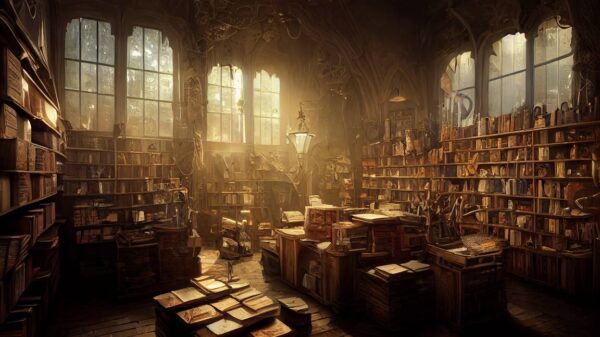Staff Writer Vingie Lau explores the artworks of Cece Philips – a rising artist of great skill and social significance.
As the crisp, autumnal air envelopes Regent’s Park, the viridescent hues of evergreens are replaced by rustling, mellow leaves. Regent’s Park has also transformed into an exquisite art fair, lauding the masterpieces of many artists and creators. Frieze London has unequivocally captivated international attention by featuring a dazzling array of paintings, sculptures and other artworks. As highlighted by the Artnet news, there is an impressive escalation of 18% in participating galleries, drawing numerous worldwide galleries from convening and celebrating the feast of art.
Amidst the vibrant hues that swept through Regent’s Park, many distinctive paintings stood out – from monochromic paintings with unpretentious brushstrokes to vivid poems and thought-provoking photos capturing alarming social issues. However, the one that mesmerises me the most is Cece Philips’ midnight blue saturated tapestries that delineate the nocturnal lives of the coloured in the urban, showcasing a delicate balance between shadow and solace.
Born in London, Philips mastered her historical perspectives at the University of Bristol in 2017. She then received her MA in painting from the Royal College of Art, London, in 2023. She has emerged as a budding, esteemed artist with endless talents and potential. Her artistic odyssey began with her first solo debut exhibition “I See in Colour” at gallery space HOME in London in April 2021. Her profound achievements propelled her subsequent participation in various art exhibitions and fairs. Inspired by Edward Hopper, an American realist artist whose watercolour and oil paintings are renowned for traversing alienation and desolation, Philip’s figurative painting also navigates the idea of alienation, womanhood, race and gender stereotypes.
I vividly remember the day when I walked past the booth; I saw a narrow entrance at the corner of the booth. As I entered the room, I was instantly immersed in one of her paintings “On and On…and On”, an oil painting portraying a typical cosmopolis night—the dim-lit corridor with a squared window at the far end of the passage. One can see a scintillating city through the window, packed with skyscrapers, lustrous interiors, and the softly-lit pedestrian path. Albeit it sounds deceptively simple, what captivates me is her intricate manipulation of colours and lines in creating an illusion of depth, metamorphosing the canvas into a never-ending passageway right in front of my eyes as if one was distanced from the cosy, jubilant city lives. The salient contrast between light and darkness is deployed in the work–the pitch-black corridor with only two installed lights and the well-illuminated urban landscape.

The dark hallway, relying heavily on the city lights filtering through the window and the two glowing lights on the wall, further reiterates the melancholic ambience. As the city lights continue to light up, every household starts to switch on their lights upon reaching home; the corridor remains dark and gloomy. There isn’t a vanishing point until the whole city is completely lit up, whereas the hallway remains the same– darkness lurking in.
The absence of figures further amplifies the sense of detachment and desolation and reminds me of individuals, with exuberance and excitement, embarking on an unknown journey for a new life; instead, they are greeted by cacophonies and laughter shared in unspoken languages. Engulfed in the wave of exotic dialects, incomprehensible jokes and alien grounds, they remain wandering betwixt the dreams of belonging, of acceptance and the constant despair with their shattered hopes, which resonate with the painting title, hindering a sense of subsequent desperation.
The glowing lights on the wall represent their continuous exploration of identity and sense of belonging in the community; they continuously attempt to glow in the dark and spread their lights and warmth. The migrated individual quest for belonging never stops; instead, they are constantly throttled by the saturated light in the city ( the local culture, values, local identity). An invisible wall is constructed between the migrated individual and the local civilians who are reluctant to accept and truly embrace the individual with a different cultural background. Their seemingly kind words and sharing are only a facade, driven by political correctness and social obligation, fear of being criticised for discrimination and racism.
Virtuous on the use of space and colour, Philips’ deliberate portrayal of a figure solely visible from the waist up compels the viewers to focus on the intensity of the figure’s emotions. With her hollow eyes staring at the solace of darkness, the figure bespeaks a distressing narrative, a silent requiem for humanity: relentless oppression and displacement. Gender is also a prominent theme in the painting. The deliberate inclusion of all female guests and an African American woman staring at the open field through the window suggests a shift and transformation of gender roles and the subtle rebellion to defy the stereotyped norms of gender roles, hindering an overthrow of the male-dominant society and the rise of coloured females. Here, the painting implicitly underscores the vitality of gender equality and balance; women are no longer under male dominance, subject to the male gaze. Women are instead individual constructs with their power and ability to subvert the patriarchal society, living in a place free from suppression.

Subtle yet complex, the artwork queries the racial and gender construct, beckoning an exploration of race’s shared connectivity and co-existence in a reimaged realm while eradicating the stereotypical gender norms and roles. The seamless blending of the figure’s chameleon-like hue blazer with the background’s hues suggests the hope of co-living, the longing desire for common humanity, throttling the perpetuation of discrimination and divisions. No longer does it confine and restrict individuals’ living and sharing in daylight or blue hours; a world where various races and genders are celebrated, embraced, respected, and accepted.
Reversing the forceful, poignant discourse in admonishing the catastrophe of racism and gender stereotypes, Philips navigates gender and race through her subtle, evoking, contemplative artistry that hinders the plight of the discriminated victims. In her solemnity, she silently reveals her disgrace and repercussions towards racial gender injustice without provoking a tumultuous confrontation, instead compelling ones from contemplating and introspecting racial injustice. Underneath her paintings is an invitation to an introspective pilgrimage to reflect the long-stood social misunderstanding conflicts. Her soft murmuring contrasts with the raucous demonstrations often depicted in the public discourses of racial injustice. Her gentle reprimand often comes with a sigh, reminding individuals of the persistent, recurring struggles of the victims in desperate need of help to combat inequality.
Aesthetic, elegance, and vibrance are the typical connotations of art. Yet, Philips masters the refinement and relations between art and culture. Her aesthetic artistry proffers a reimagined world of a harmonious community rather than mirroring the harshness of one’s life. Her soft nudge urges one to remember, contemplate and transcend the hidden message beneath the canvas beyond the imagined realm in celebrating racial inclusivity and gender equality.
Frieze London is an influential contemporary art fair, held yearly in October in Regent’s Park. Read about Frieze Sculpture here.
















